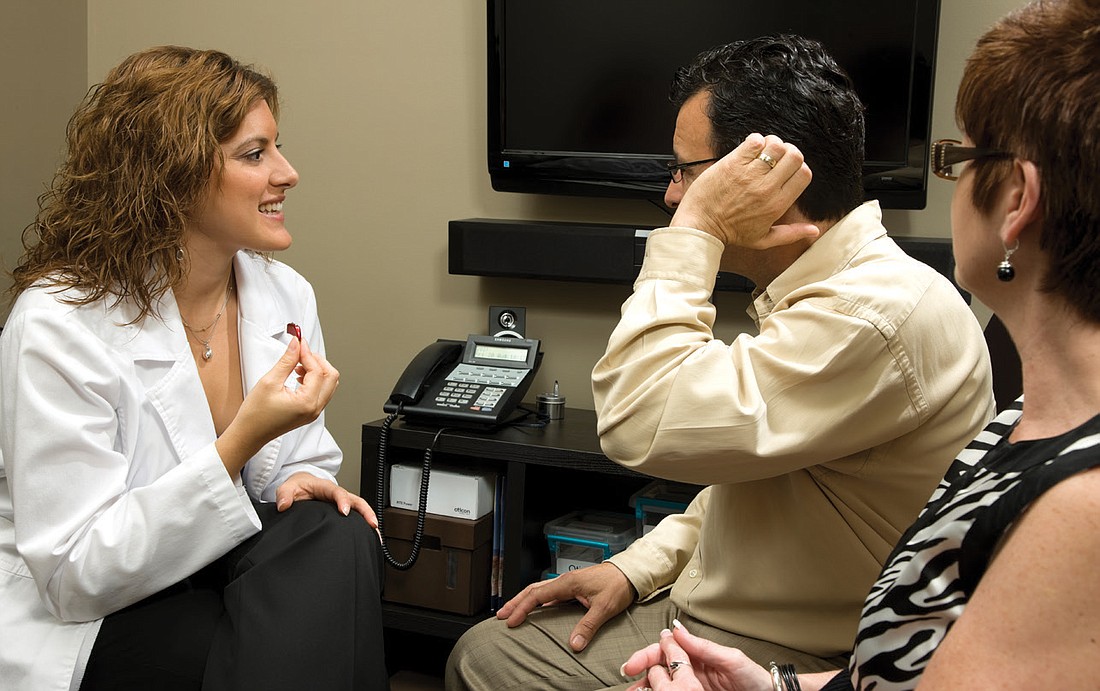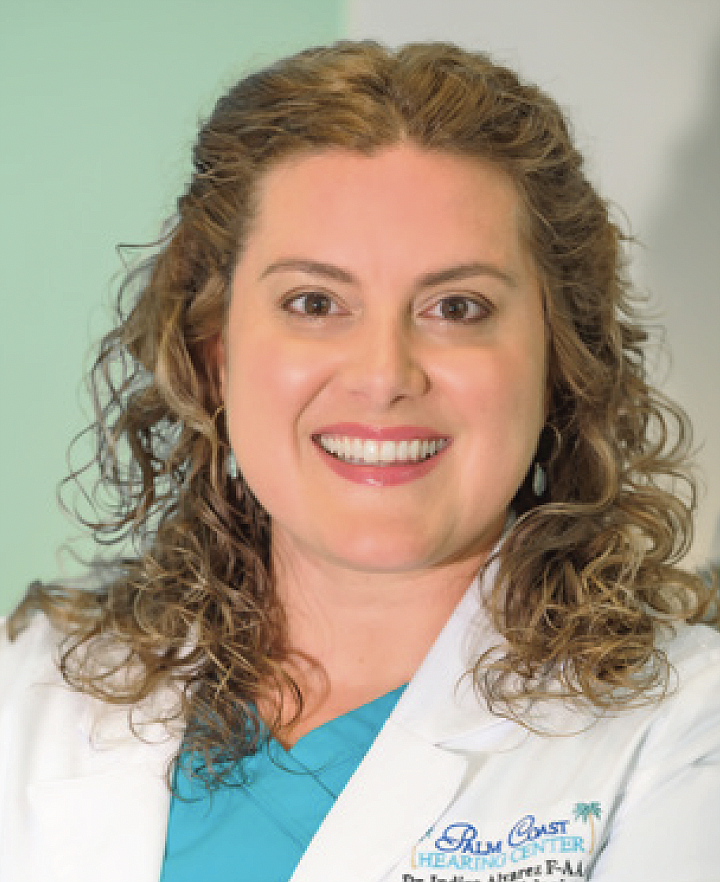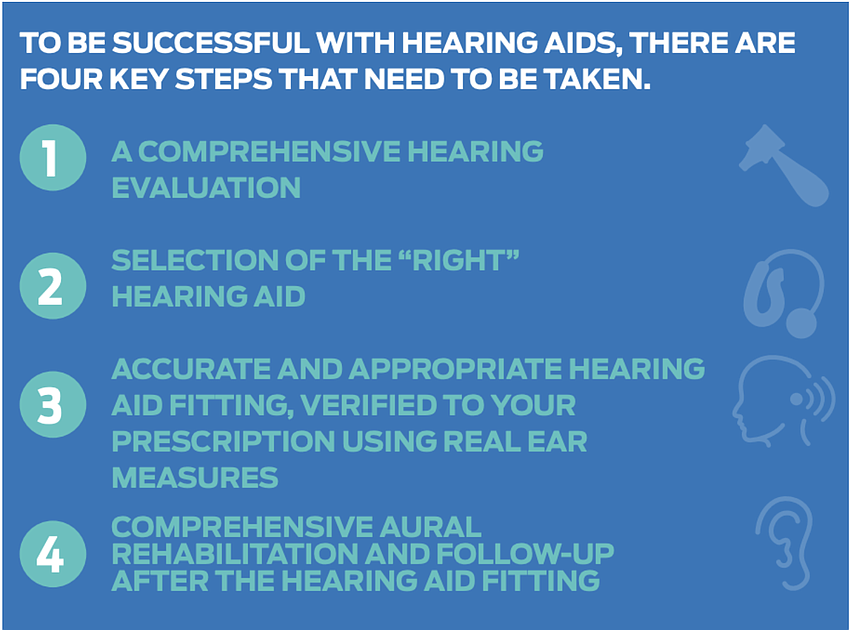- January 14, 2025
-
-
Loading

Loading


Because of the advertising and messaging around hearing aids and hearing care in general, many people tend to think of hearing aids like a commodity, in which regardless of where or how you get one, which one you get, the outcome is much the same. “One size fits all”, right? Actually, that’s NOT right. When it comes to treating your hearing loss, it is not that simple. To be properly fit with hearing aids, there are four key steps that need to be taken. 1- A comprehensive hearing evaluation, 2- Selection of the “right” hearing aid, 3- Accurate and appropriate fitting, verified to your prescription, of the correct hearing aid, and 4- Comprehensive aural rehabilitation and follow-up after the hearing aid fitting.

Last month we covered the importance of an accurate fitting hearing aid. This month we are going to talk about how import-ant it is to receive comprehensive aural rehabilitation and follow-up after you have been fit. When you first get your hearing aids, many patients cannot get fit to the full prescription strength at the initial fitting appointment. If you have not been hearing normally, possibly for years; then regaining all that hearing sensitivity all in one shot can be overwhelming, especially if you have a more severe hearing loss. Your audiologist should fit your hearing aids to your prescription, then reduce the strength of that prescription to a level that is beneficial but still comfortable. The goal is to reach your full prescription as soon as possible, by making gradual increases to the prescription strength in the programmed settings in your hearing aids; but that timeline can vary from 2 weeks to 1 year or more. The timeline is different for everyone, depending on the amount of damage you have to your auditory system and the severity of the hearing loss. These visits are considered “follow-up visits” and are very important as your audiologist will measure your progress and make adjustments to the settings in your hearing aids as your brain changes and improves in its ability to understand speech. Understanding speech is not only about whether you can “hear” it (that’s what the hearing aid does for you), but also the processing that your brain does to understand what is being heard.

Aural rehabilitation is the other component of a plan of care. Your audiologist will use counseling and educational strategies to help you improve your communication skills. In fact, hearing is only one of the 5 keys to communication success. Communication is dependent on the speaker, the listener, the environment, technology, and practice. The aural rehabilitation portion of your care plan will focus on designing and teaching you and your family strategies and skills that will help you maximize the benefit you get from your hearing aids. It is an important component of hearing care and is often missing when patients purchase hearing aids. Today’s technology is amazing in what it can do for hearing impaired individuals, but at the end of the day, it is the human brain that must process the sounds heard and convert them into meaning. Aural rehabilitation, provided by an experienced and appropriately trained hearing professional, is the missing link for many people who struggle hearing, even with their hearing aids.
If you already have hearing aids, and you aren’t hearing well, call and schedule an appointment to have real-ear measures performed on your current devices. If you are considering treating your hearing loss, make sure you ask “Do you provide aural rehabilitation with your hearing aid fittings? Is there a comprehensive care plan? And where did you get your training?”
At Palm Coast Hearing Center, our mission is to not only provide the best quality hearing care possible, but also to educate the community and help all patients make informed decisions so they can get the care they need and deserve.
Visit our website, www.palmcoasthearingcenter.com to learn more and schedule an appointment. We also have a second location to serve you in Ormond Beach at www.ormondhearingcenter.com.